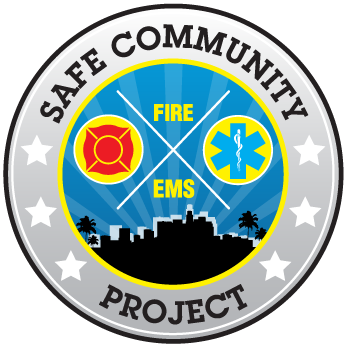The Safe Community Project not only develops emergency response plans, but also creates support training to go along with the plans we deliver. No plan is effective if it isn’t understood, and one of the best ways to ensure a full understanding is via training. In the case of an ERP, training is conducted via multiple types of exercises, including:
- Walkthroughs, workshops or orientation seminars
- Tabletop exercises
- Functional exercises
- Full-scale exercises
Our organization had delivered simple walkthroughs for 25 people – and developed full scale exercises involving fire, police, students, teachers, and complete school campus organizations.
Walkthroughs, workshops and orientation seminars are basic training for employees, contractors, and/or volunteers of an organization. They are designed to familiarize participants with emergency response, business continuity and crisis communications plans and their roles and responsibilities as defined in the plans.
Tabletop exercises are discussion-based sessions where key ERP members meet in an informal, classroom setting to discuss their roles during an emergency and their responses to a particular emergency situation. One of our instructors will guide participants through a discussion of one or more scenarios. The duration of a tabletop exercise depends on the audience, the topic being exercised and the exercise objectives. Many tabletop exercises can be conducted in a few hours, so they are cost-effective tools to validate plans and capabilities.
Functional exercises allow ERP stakeholders to validate plans and readiness by performing their duties in a simulated operational environment. Activities for a functional exercise are scenario-driven, such as the failure of a critical business function or a specific hazard scenario. Functional exercises are designed to exercise specific organization stakeholders, procedures and resources.
A full-scale exercise is as close to the real thing as possible. It is a lengthy exercise which takes place on location using, as much as possible, the equipment and personnel that would be called upon in a real event. When we’ve developed a full scale exercise, we typically spend several months planning the event, coordinate with first responders and the entity hosting the exercise, as well as any support organizations that may be involved. Most full-scale exercises take a half day or so to be completed.

